Get the weekly SPARTANAT newsletter.
Your bonus: the free E-Book from SPARTANAT.
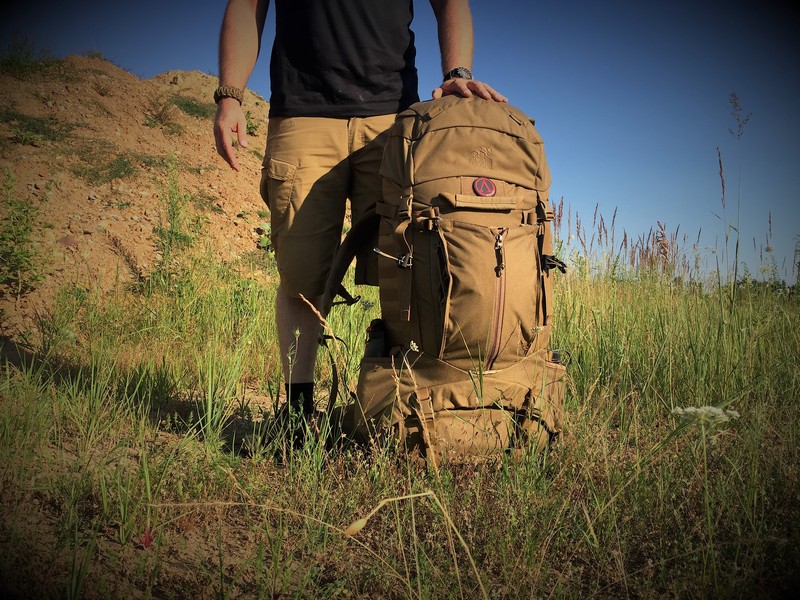
REVIEW: Tasmanian Tiger Pathfinder MKII
Today we show you another backpack from Tasmanian Tiger. The Pathfinder MK2 has quickly become an absolute favorite, as its 75 liters are perfect for multi-day tours and have proven to be excellent for us.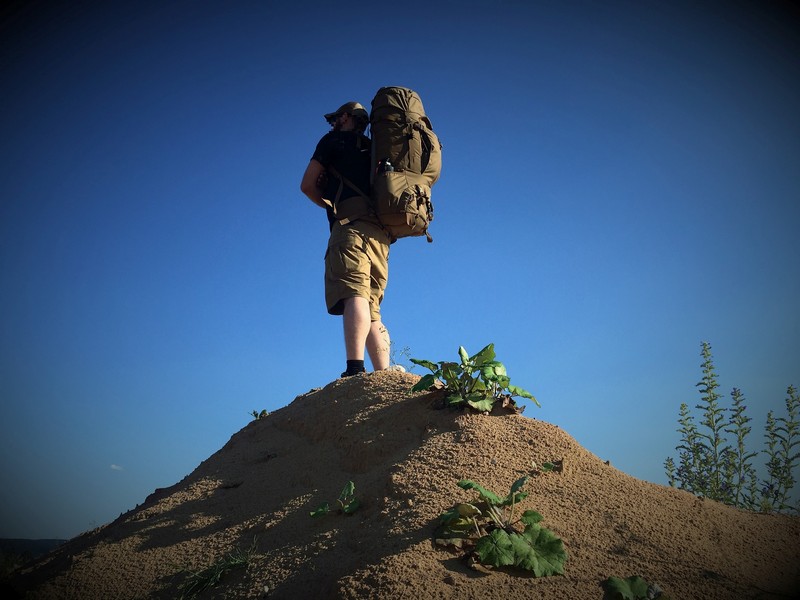 The MK2 is made of 700d Cordura, like all the new backpacks from Tasmanian Tiger. This increases durability compared to 500d Cordura and is not quite as heavy and stiff as 1000d Cordura. Seams, materials, zippers, and other gadgets are high quality - there is never a feeling that something could break quickly.
The MK2 is made of 700d Cordura, like all the new backpacks from Tasmanian Tiger. This increases durability compared to 500d Cordura and is not quite as heavy and stiff as 1000d Cordura. Seams, materials, zippers, and other gadgets are high quality - there is never a feeling that something could break quickly.
Unlike the larger Range Pack MK2 (here in the review), the Pathfinder and the other multi-day backpacks were equipped with the V2 carrying system. This system is highly adjustable due to the high attachment point on the back plate and can be worn without a hip belt. This is used in military applications when plate carriers or similar equipment are used, making it difficult to wear a hip belt. More information about the V2 can be found on the TT website.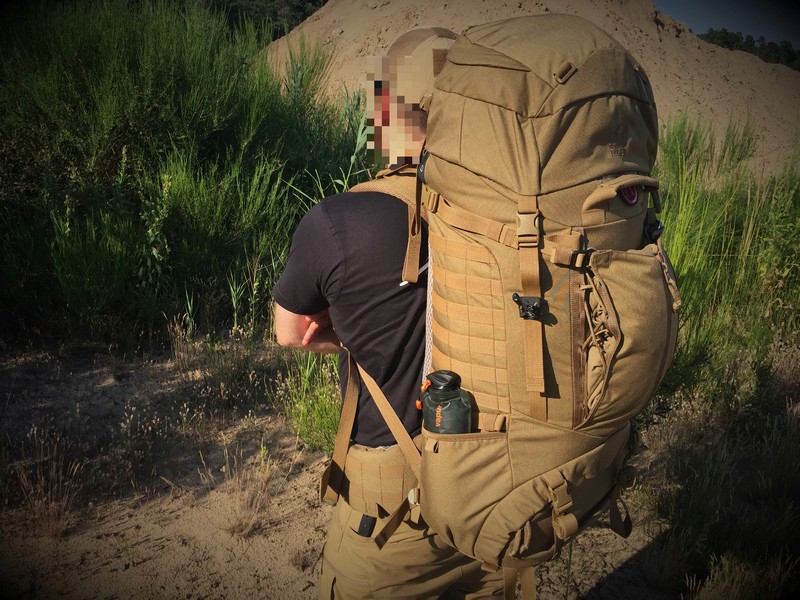 The dimensions of the Pathfinder are almost identical to the Range Pack MK2: The height and width are the same at 84cm x 35cm, only the depth of the Pathfinder is about 5cm slimmer at 22cm compared to its larger brother. Due to the lack of external pockets, the slightly lighter carrying system, and the reduced depth, the Pathfinder weighs 3.2 KG, which makes it 1.2 KG lighter than the Range Pack. The lighter weight and slimmer shape naturally result in not carrying 115 liters anymore, but "only" 75 liters. For most of us, this is the ideal size for multi-day missions. Someone once said: Give a Marine a 60-liter backpack and he will pack it full. Give him a 120-liter backpack and he'll also fill it up. There is some truth to that, we have had this experience and found out: the smaller the packs, the less unnecessary stuff you take with you. If additional space is needed (e.g. winter equipment), additional bags can be attached to the sides without much effort.
The dimensions of the Pathfinder are almost identical to the Range Pack MK2: The height and width are the same at 84cm x 35cm, only the depth of the Pathfinder is about 5cm slimmer at 22cm compared to its larger brother. Due to the lack of external pockets, the slightly lighter carrying system, and the reduced depth, the Pathfinder weighs 3.2 KG, which makes it 1.2 KG lighter than the Range Pack. The lighter weight and slimmer shape naturally result in not carrying 115 liters anymore, but "only" 75 liters. For most of us, this is the ideal size for multi-day missions. Someone once said: Give a Marine a 60-liter backpack and he will pack it full. Give him a 120-liter backpack and he'll also fill it up. There is some truth to that, we have had this experience and found out: the smaller the packs, the less unnecessary stuff you take with you. If additional space is needed (e.g. winter equipment), additional bags can be attached to the sides without much effort.
The V2 carrying system sits very comfortably on the back and allows for fatigue-free carrying even over longer distances. The shoulder straps are adjustable in height similar to the X1 system: Here, you have to loosen the Velcro in the middle and can then adjust the straps up and down in the designated slots.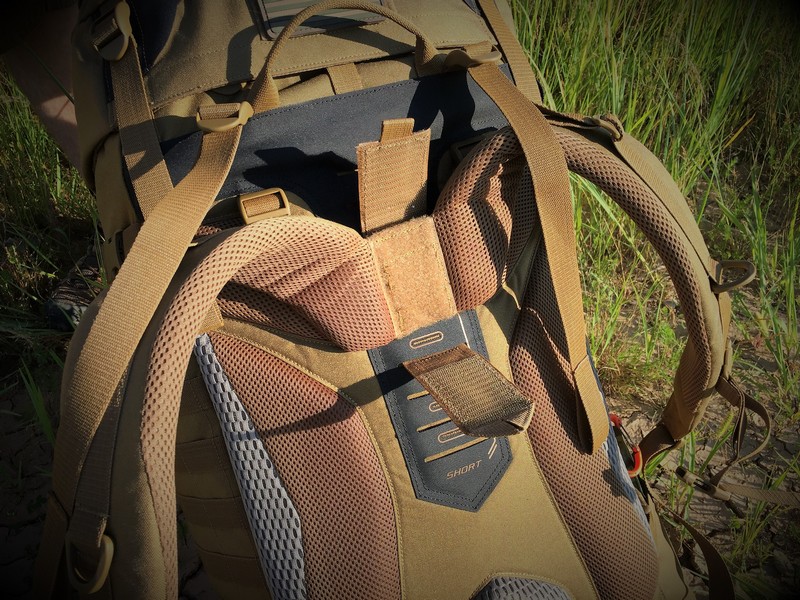 Height-wise, there is enough room for adjustment with a 1.80m height to cover a wide range of torso lengths. The shoulder straps and hip belt along with fins are padded with thick mesh that retains its shape even after several uses.
Height-wise, there is enough room for adjustment with a 1.80m height to cover a wide range of torso lengths. The shoulder straps and hip belt along with fins are padded with thick mesh that retains its shape even after several uses. Except for the arrangement of the aluminum stays, it looks almost the same as the X1 system and wears excellently. The padding arrangement allows good airflow on the back without moving the load too far away from the body. Of course, no MOLLE is missing on a military backpack hip belt: Here, there are 4 loops x 2 rows for attaching pouches. Adjustment of the belt is also possible.
Except for the arrangement of the aluminum stays, it looks almost the same as the X1 system and wears excellently. The padding arrangement allows good airflow on the back without moving the load too far away from the body. Of course, no MOLLE is missing on a military backpack hip belt: Here, there are 4 loops x 2 rows for attaching pouches. Adjustment of the belt is also possible.
Looking at the front of the Pathfinder, you will notice that the elastic zipper pocket stands out from the TT Pack Series model.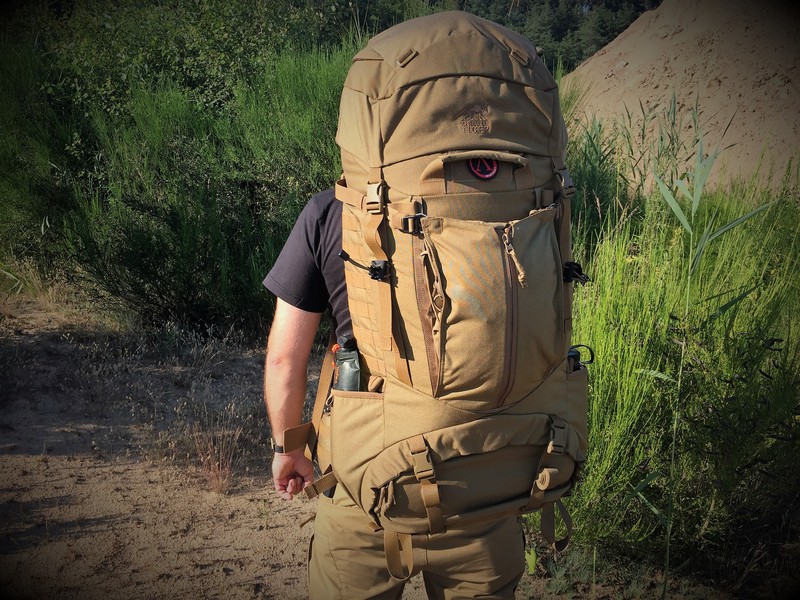 This pocket lies flat and can be expanded with a zipper and elastic material behind it. Then it is perfect for a helmet, bulky clothing, or similar items.
This pocket lies flat and can be expanded with a zipper and elastic material behind it. Then it is perfect for a helmet, bulky clothing, or similar items.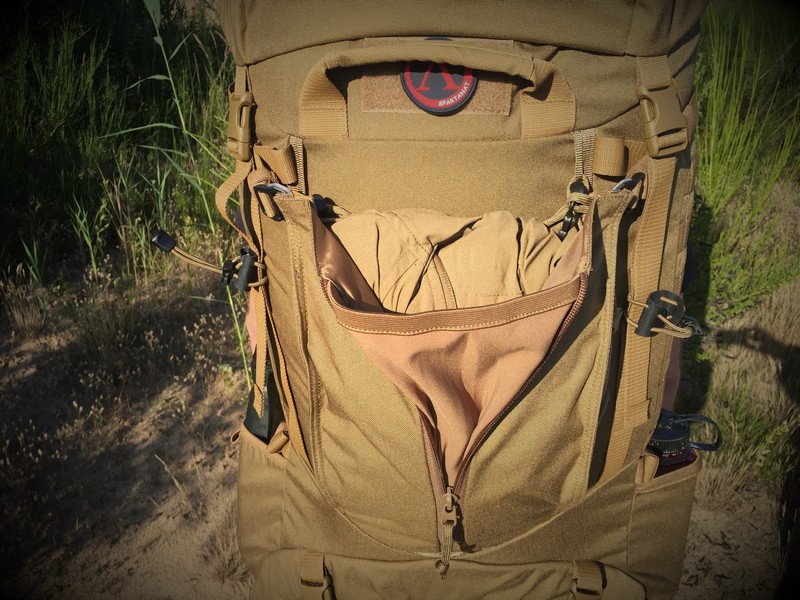 The difference from the front compartment of the TAC Packs is a laced attachment on the outside. This allows for the compartment to be enlarged and expanded. The lacing is clasped together with a cord stopper and additionally secured at the top end with a hook on the backpack to prevent accidental loosening.
The difference from the front compartment of the TAC Packs is a laced attachment on the outside. This allows for the compartment to be enlarged and expanded. The lacing is clasped together with a cord stopper and additionally secured at the top end with a hook on the backpack to prevent accidental loosening.
Above the expansion pocket is a sturdy carrying handle with a rubberized middle part. The embroidered TT logo and an underlying Velcro field for patches should also not be missing.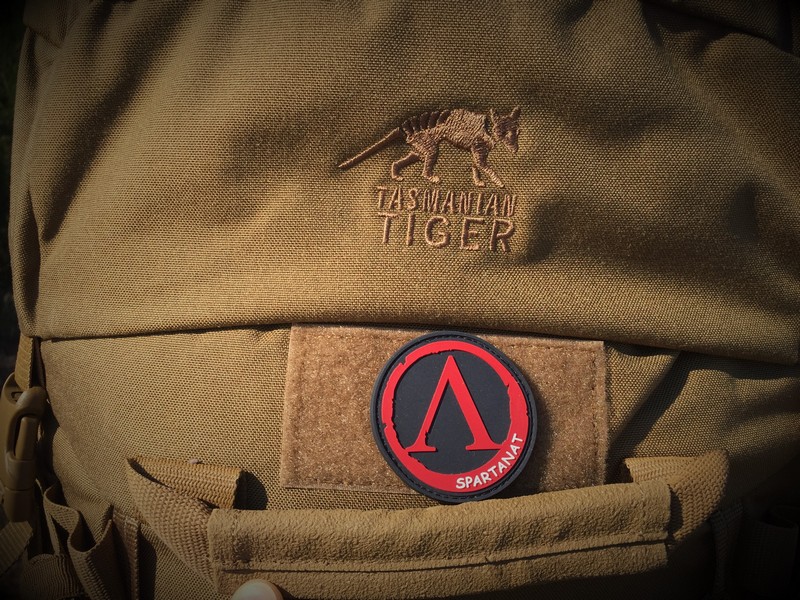 The lid has four D-rings on the top for attaching additional equipment. The lid compartment can be opened three-quarters of the way.
The lid has four D-rings on the top for attaching additional equipment. The lid compartment can be opened three-quarters of the way. Inside, you will find the included rain cover of the pack, which can be secured with a hook in the compartment and stored in a small bag.
Inside, you will find the included rain cover of the pack, which can be secured with a hook in the compartment and stored in a small bag. The backside of the lid has openings for cables or hydration tubes.
The backside of the lid has openings for cables or hydration tubes. In between, there is another Velcro field for identification. The lid part can be compressed downwards with compression straps to compress the main compartment.
In between, there is another Velcro field for identification. The lid part can be compressed downwards with compression straps to compress the main compartment.
The front of the pack has compression straps for attaching trekking poles or ice axes with rubber loops on the webbing.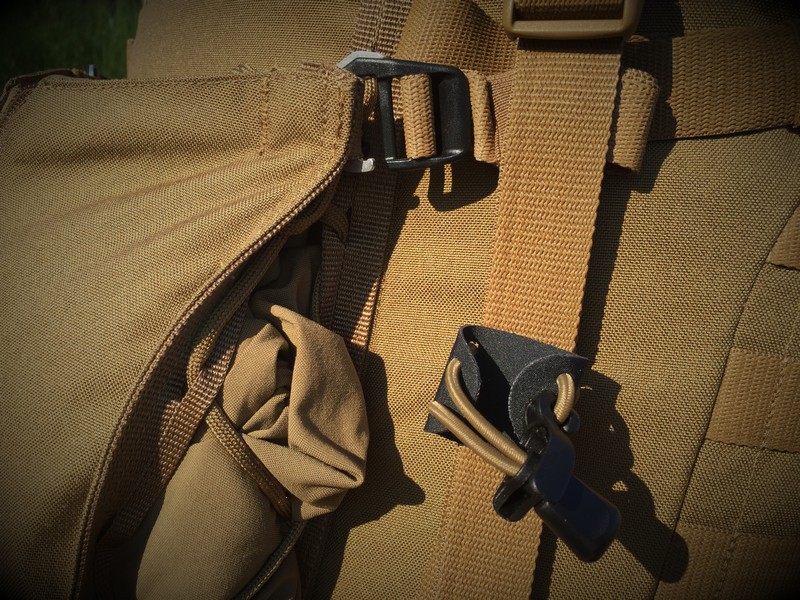 When you open the lid with the two Fastex buckles, you have access to the main compartment and reveal the lid inner compartment. Typically for Tasmanian Tiger, this is marked with a green cross and provides space for first aid equipment.
When you open the lid with the two Fastex buckles, you have access to the main compartment and reveal the lid inner compartment. Typically for Tasmanian Tiger, this is marked with a green cross and provides space for first aid equipment.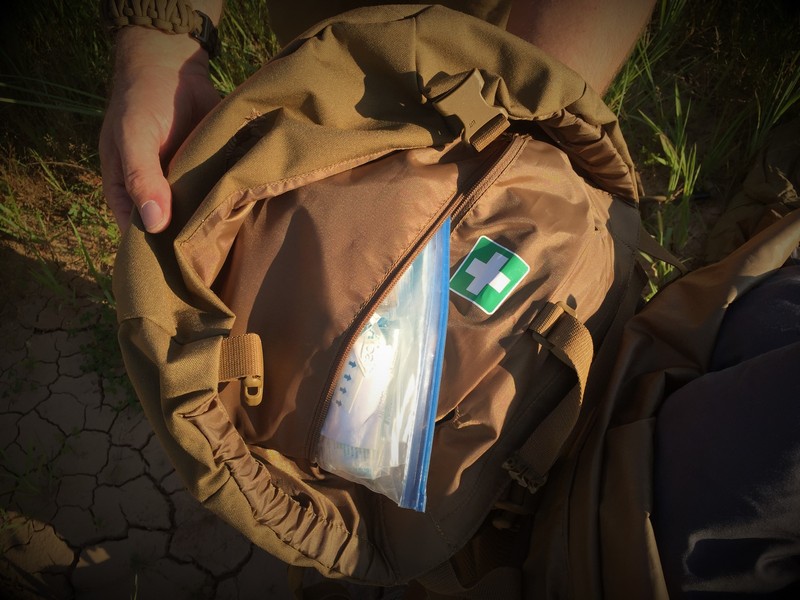 From top to bottom: Here is the sleeping bag compartment, with ample space and a cleanly concealed zipper. The cover is equipped with elasticized rubber to ensure it sits firmly over the zipper.
From top to bottom: Here is the sleeping bag compartment, with ample space and a cleanly concealed zipper. The cover is equipped with elasticized rubber to ensure it sits firmly over the zipper.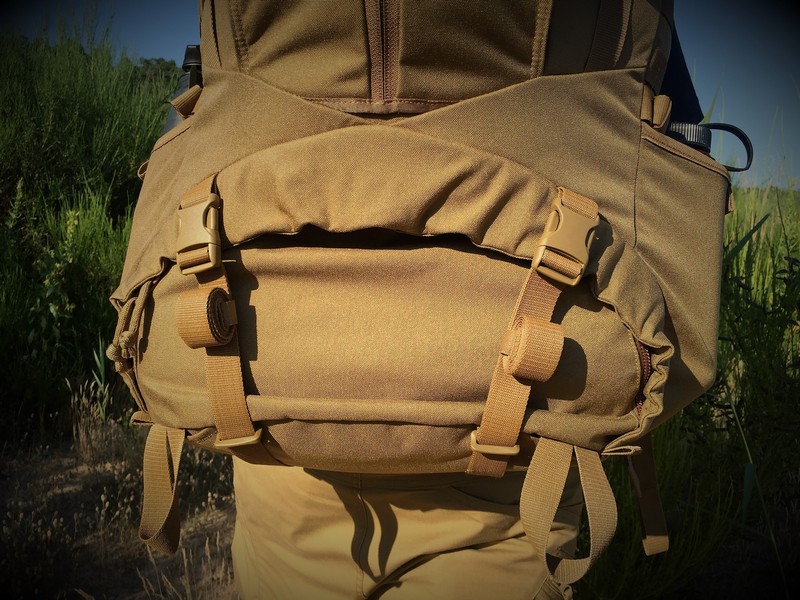
SPARTANAT is the online magazine for Military News, Tactical Life, Gear & Reviews.
Send us your news: [email protected]
Ad
similar
Get the weekly SPARTANAT newsletter.
Your bonus: the free E-Book from SPARTANAT.


